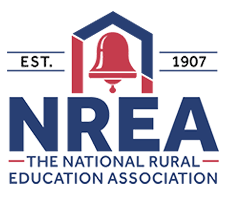Abstract
Part of a larger research project involving the study of mathematics achievement of middle and high school students in Tennessee, this report analyzes said achievement in terms of school locale and the percentage of disadvantaged (pdisadv) students enrolled in the school. Schools were designated as Rural, Large Central City, and Other Nonrural. Socioeconomic Status (SES) was determined by the percentage of students receiving federally subsidized free and reduced lunch. Schools were then placed into one of three economic categories: Low to moderate pdisadv (less than 50 percent of students receiving free or reduced lunch), High pdisadv (50-74.99 percent), or Highest (75 percent or greater). The findings involving SES and achievement were as expected, the higher the percentage of disadvantage, the lower the achievement. Interesting results involving locale as well as the intersection between locale and SES were also discovered. If a student is poor, the data suggests, it is better, in terms of mathematics achievement, to be rural. The possibility exists that close-knit, economically disadvantaged rural locales offer a sense of community not found in other economically disadvantaged locales which enables rural students to achieve at a higher level mathematically than their nonrural peers.
Creative Commons License

This work is licensed under a Creative Commons Attribution 4.0 International License.
Recommended Citation
Hopkins, T. M.
(2005).
If You Are Poor, It is Better to be Rural: A Study of Mathematics Achievement in Tennessee.
The Rural Educator, 27(1), 21-28.
https://doi.org/10.35608/ruraled.v27i1.501



